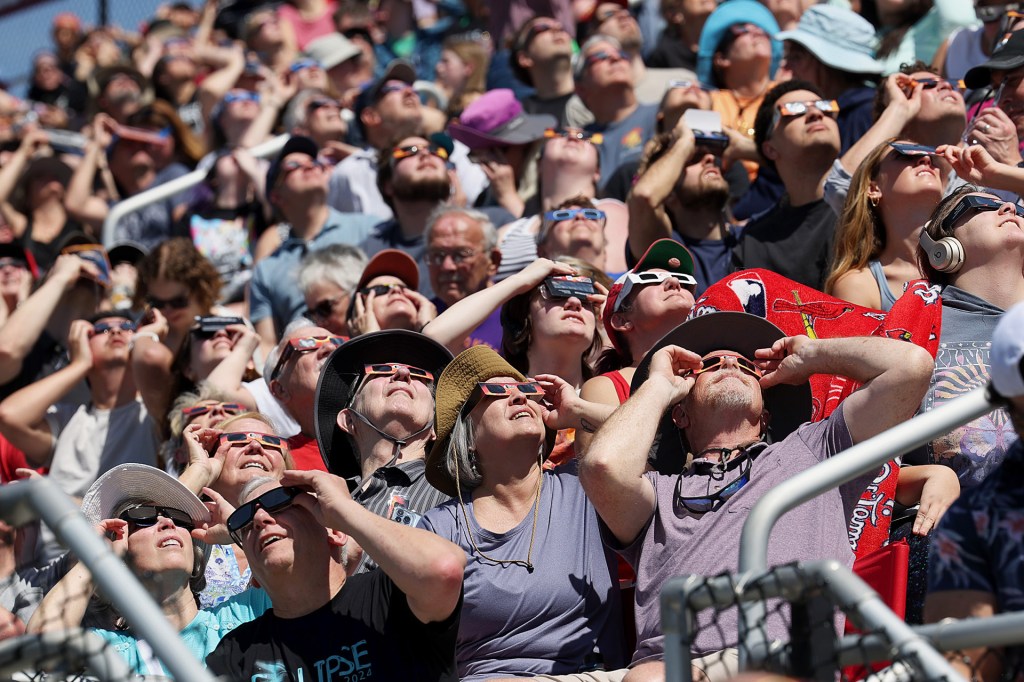A Monumental Fight

In December, President Donald Trump traveled to Utah. Supporters greeted him at the airport. But protesters waited for him at the state capitol. The purpose of the trip was to announce cuts to two of Utah’s national monuments
monument
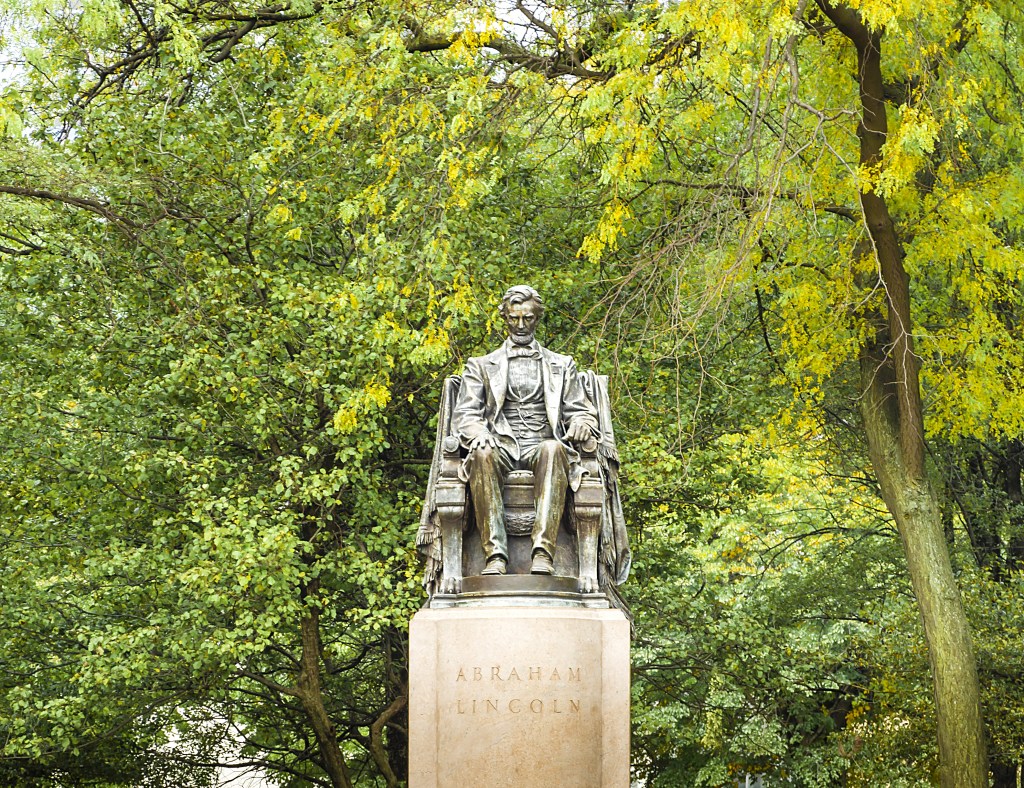 RARRARORRO/GETTY IMAGES
a building, statue, or other inanimate object that honors a person or an event
(noun)
In the middle of the park is a monument to Abraham Lincoln.
. One is Bears Ears National Monument. The other is Grand Staircase-Escalante. Each was cut by about 1 million acres. This followed a recent review of protected areas. It set the stage for a legal fight.
RARRARORRO/GETTY IMAGES
a building, statue, or other inanimate object that honors a person or an event
(noun)
In the middle of the park is a monument to Abraham Lincoln.
. One is Bears Ears National Monument. The other is Grand Staircase-Escalante. Each was cut by about 1 million acres. This followed a recent review of protected areas. It set the stage for a legal fight.
Different Views
Presidents have been naming national monuments since 1906. That is when Congress passed the Antiquities Act. Theodore Roosevelt was president. He declared 18 national monuments. Such sites contain objects of “historic or scientific” interest. Presidents have now declared 157 national monuments.
National monuments come with rules about how the land can be used. Supporters feel the rules help preserve
preserve
 WESTEND61/GETTY IMAGES
to save; to keep something in its original condition
(verb)
Myeisha bought a special box to preserve her favorite stuffed animals.
some of the nation’s most important places. The land can be used for research. It can be used for public enjoyment. But others believe naming monuments blocks access to the land’s resources. Rules can ban activities like logging that help people earn a living.
WESTEND61/GETTY IMAGES
to save; to keep something in its original condition
(verb)
Myeisha bought a special box to preserve her favorite stuffed animals.
some of the nation’s most important places. The land can be used for research. It can be used for public enjoyment. But others believe naming monuments blocks access to the land’s resources. Rules can ban activities like logging that help people earn a living.
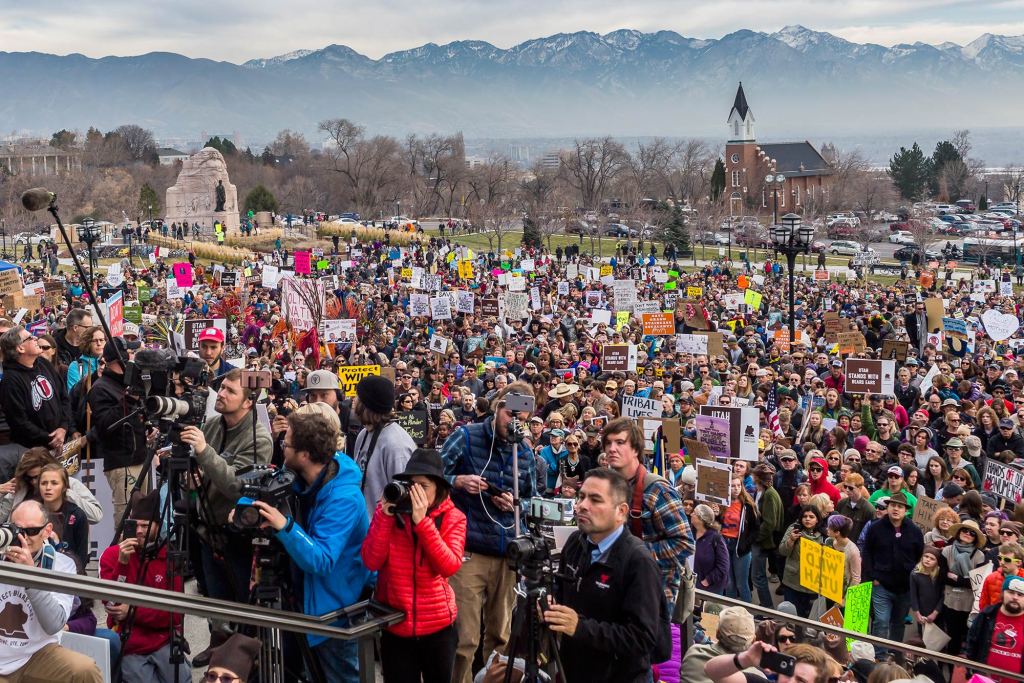
TAKING A STAND FOR LAND Utah’s state capitol is surrounded by protesters on December 2, 2017.
PACIFIC PRESS/GETTY IMAGESRyan Zinke is the U.S. secretary of the interior. He led the review of 27 monuments. He said that the boundaries of six should be changed. Several groups said they would sue if Trump took this advice. They say the president does not have the power. They say he cannot make big changes to monuments set aside by previous presidents.
The environmental group Earthjustice filed a lawsuit. The group is challenging the cuts to Grand Staircase-Escalante. The area is rich in dinosaur fossils. Five Native American tribes have also filed a lawsuit. It challenges the cuts to Bears Ears. The area includes rock art. It has cliff dwellings that are sacred
sacred
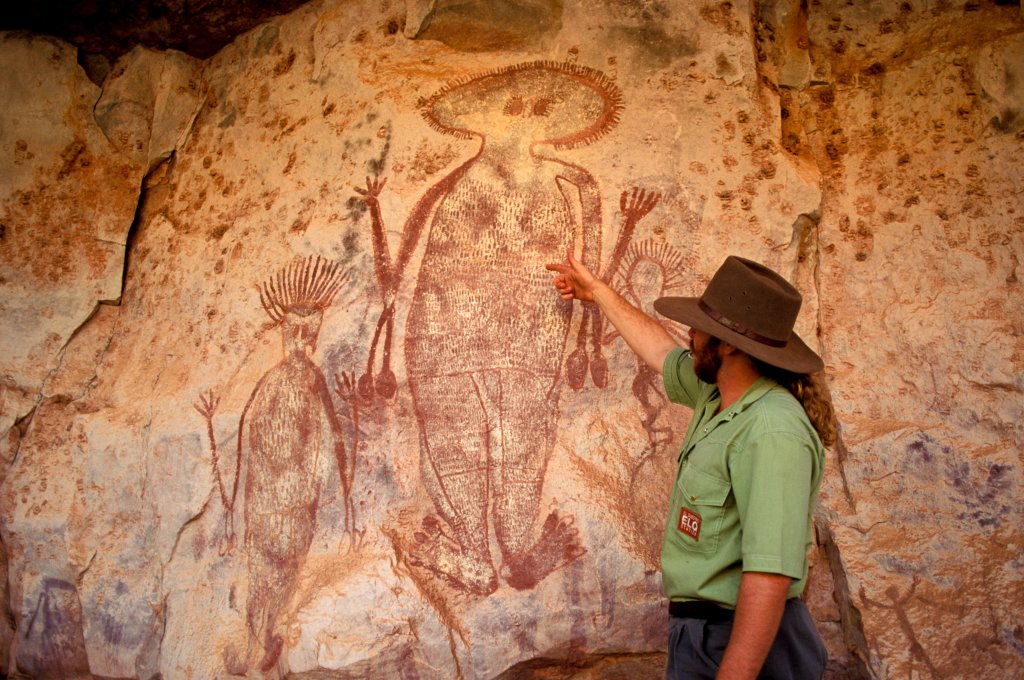 EDUCATION IMAGES/UIG/GETTY IMAGES
special and deserving of respect, usually relating to religion
(adjective)
Because the cave drawings are sacred to Native Americans, the mountain is protected.
to the tribes.
EDUCATION IMAGES/UIG/GETTY IMAGES
special and deserving of respect, usually relating to religion
(adjective)
Because the cave drawings are sacred to Native Americans, the mountain is protected.
to the tribes.
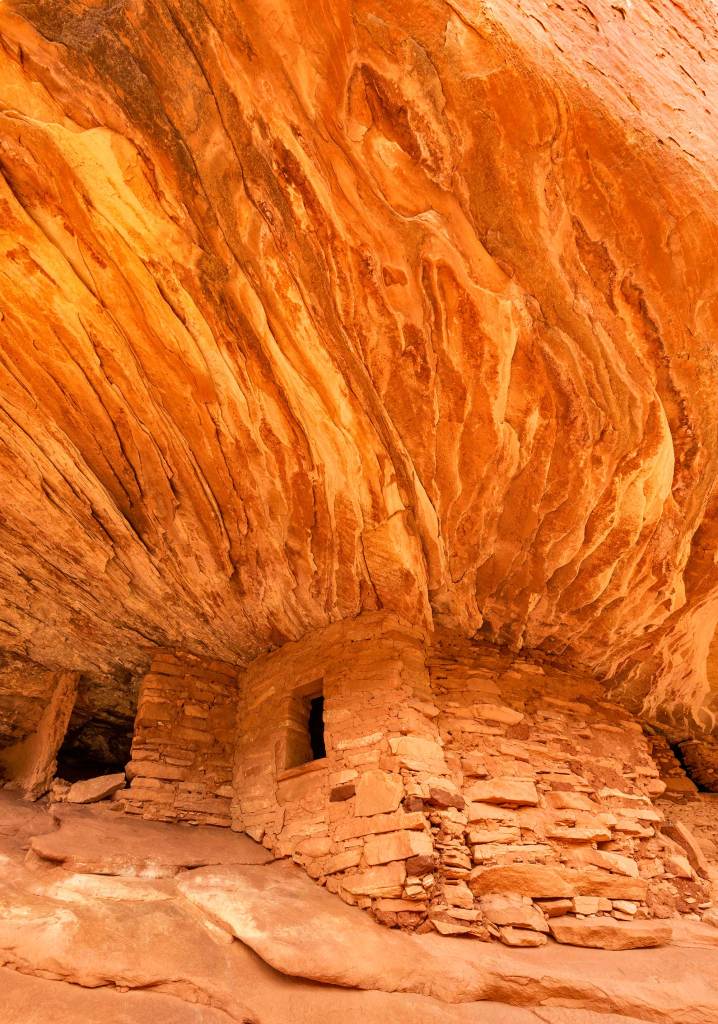
HOUSE ON FIRE This ancient cliff dwelling sits within the protected boundaries of Bears Ears.
WITOLD SKRYPCZAK—GETTY IMAGESHow Big?
The Antiquities Act lays out the rules. It says monuments must be as small as they can be while still protecting what’s inside. Some say the areas are bigger than they need to be. President Barack Obama designated Bears Ears in December 2016. He made it the size of Delaware.
In 1920, the Supreme Court ruled that President Roosevelt could set aside the entire Grand Canyon for protection. (Congress later made it a national park.) Other courts have found that the president can decide what deserves protection.
Trump is not the first president to shrink monuments. But a president has never been sued for shrinking one. Experts disagree about how much power a president has to undo the actions of past presidents.
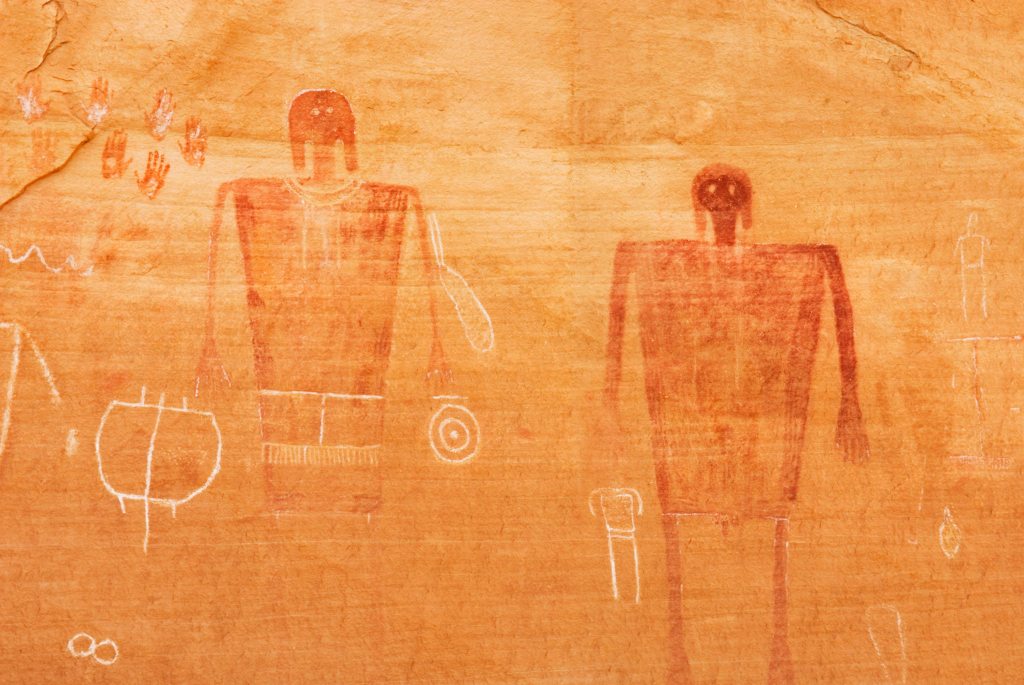
ANCIENT ROCK ART Utah is home to many historic panels of pictographs. Only some are in areas that are still protected.
ALAN MAJCHROWICZ—GETTY IMAGES“We don’t want the land to be destroyed,” says James Adakai. He lives across the river from Bears Ears. “It’s like saying, ‘Let’s shrink Mount Rushmore.’” That is the South Dakota mountainside carved with the faces of four presidents. One is of Roosevelt. He was the first president to name a national monument.
Assessment: Click here for a printable quiz. Teacher subscribers can find the answer key in this week's Teacher's Guide.




